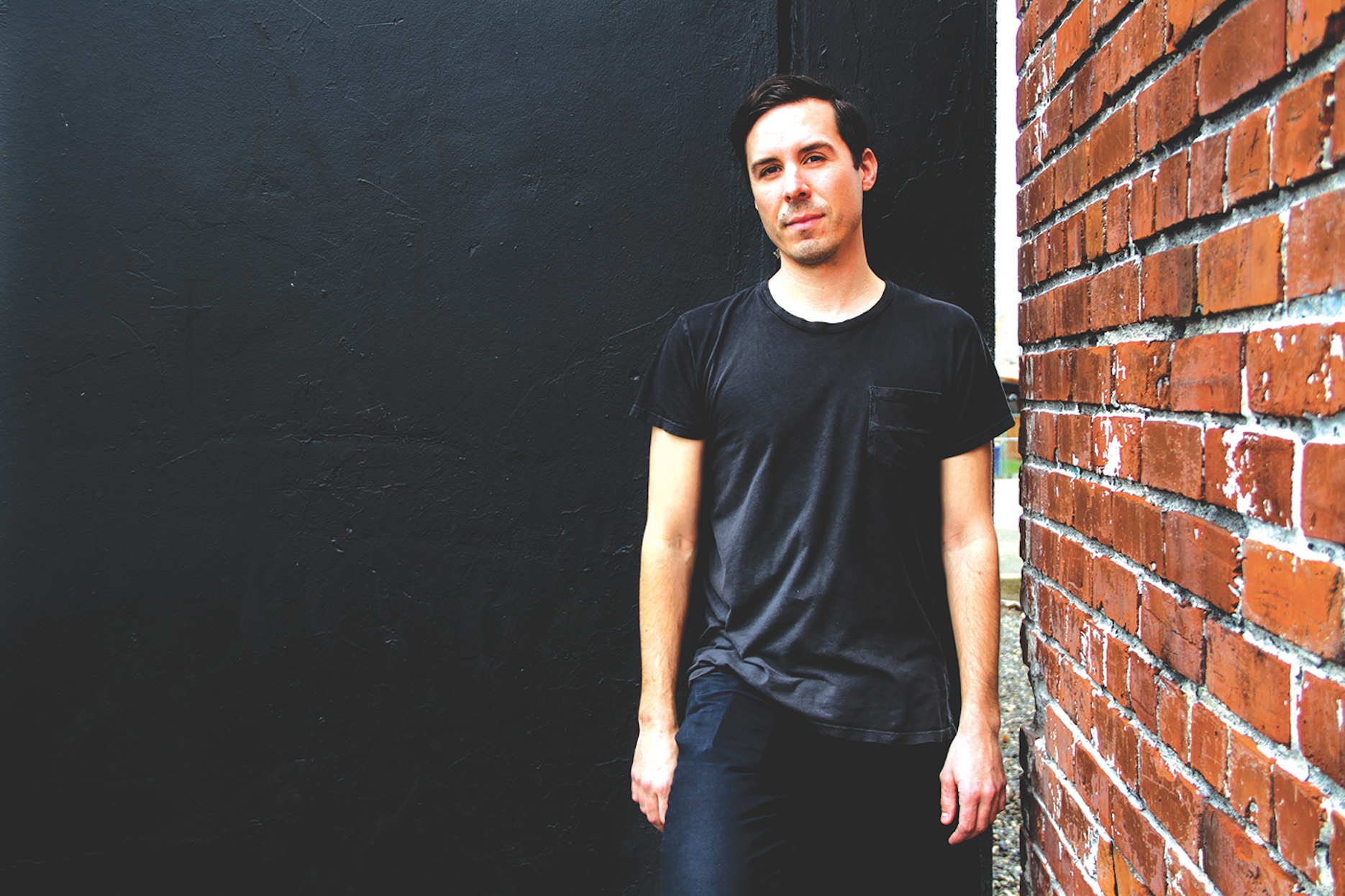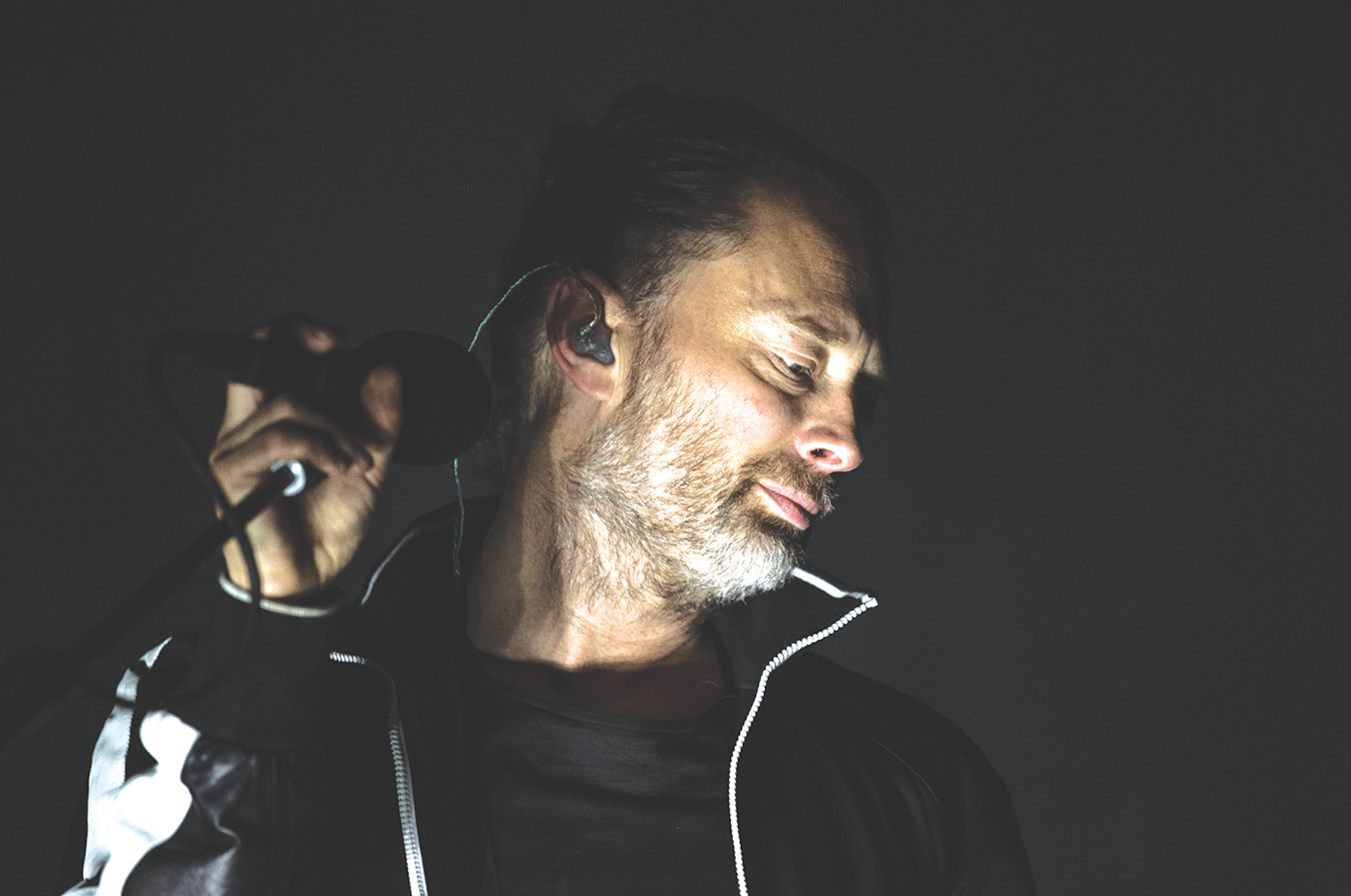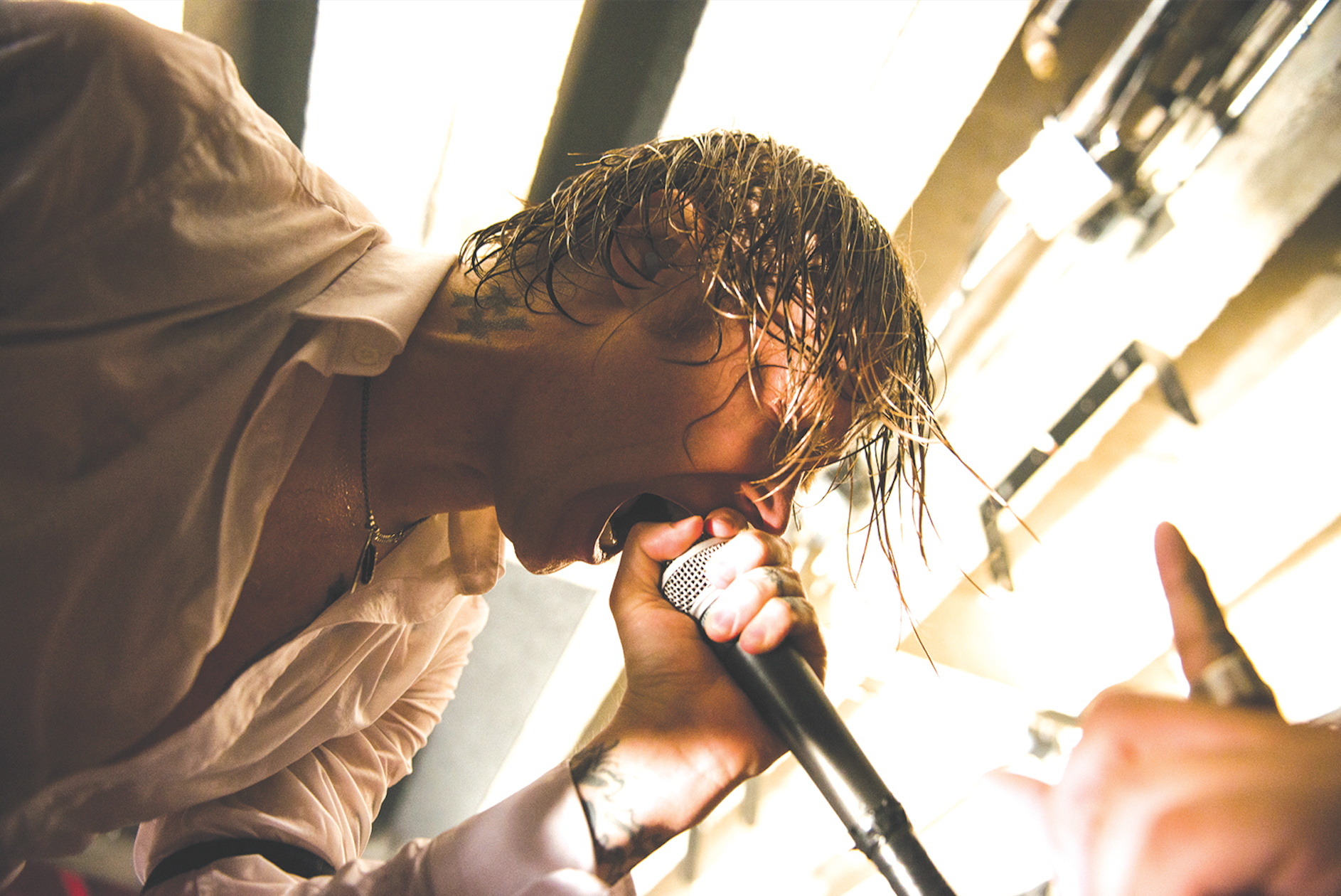Portland photographer Thomas Teal


Portland’s accessibility to excellent music, interesting fashion and delicious culinary variety are a few of the features that make life here characteristically special. Photographer Thomas Teal has often been behind his lens documenting these treasures to make them discoverable for the rest of us. His work captures the essence of these Portland experiences and products. Teale’s work has been showcased in Travel Portland, Willamette Week, Portland Mercury, Communion, Urban Outfitters, Ellington, Hand Eye Supply, Otter Wax, Thrillist, MusicFest NW and Columbia Business.
Eleven: What brought you to Portland? How does being from a small town influence your art?
Thomas Teal: I moved to Portland in April 2012 from a small town in the Mojave Desert, Victorville, California. There wasn’t really much going on in the town I grew up in. My mom and dad introduced me to art very early, and my brother and I were lucky enough to find music and skateboarding at a young age. It pretty much consumed our lives.
When I decided to move here, I was somewhat familiar with Portland, already having traveled here on tours with various bands. I was in my mid-20s and needed a change. I first moved into a one-bedroom on 8th and E Burnside with my friends Jeff and Lupe. They helped me get on my feet, and I stayed on their couch for a few months until finding my own spot. I was so amazed at all the music venues in Portland; I didn’t really have that back home. For me growing up, going to see a band meant driving an hour to the Glasshouse in Pomona or much farther to Los Angeles and coming home at 3 a.m. I mean, I still get home that late now, but at least I only have to walk a few blocks back to the apartment. I don’t take it for granted. Having so many different options and things to do every day and night is inspiring.
11: What drew you to photography as a medium? Have you explored other mediums as well?
TT: I’ve experimented with drawing, woodworking and printmaking in the past. I started messing around with cameras and taking pictures with my dad’s camera around high-school age. I took a black and white film course back then and mostly took photos of friends skateboarding or from exploring around the desert. Once I started to travel more, around the age of 20, I realized the importance of documenting the things around me. I was shooting the bands I was touring with both live and behind the scenes. But I didn’t immediately fall in love with photography; it took some time and experimentation.
11: Do you think there is any such thing as “photogenic”?
TT: I believe so. Photogenic doesn’t necessarily mean that a person is attractive, but there are certain facial features or types of body language that have photogenic properties. Objects and structures can also be found or arranged to create a composition that is appealing to the eye.
11: You have quite an extensive portfolio of work at this time: photographing retailers, restaurants and editorial work. What has been your favorite project to complete?
TT: Last summer, my girlfriend Mandy and I collaborated on a project with the local boutique Communion and Brixton. The series took place in Portland over the span of three months. I was tasked with photographing local artists in their creative spaces while incorporating the new line of limited edition Brixton hats into the artists’ daily lives. Mandy coordinated and styled the shoots while I art directed and photographed. Subjects included local jewelry maker Lauren Main of Revere, Jacob Carey of Dig a Pony/Century, woodworker Takahiro Moriki and hair stylist Rachel Krantz at Gold + Arrow. Afterward, I made prints and we held a show at Communion, showcasing about 50 images documenting the entire process.
11: Can you think of a funny story from one of those projects?
TT: In a totally different project, my friend Jordan and I filled the restroom of a Burnside bar with banana peels on a busy Friday night and documented the reactions of people as they walked in and out.
11: You have also photographed many live bands, including the recent Radiohead show. What is the most famous person you have photographed? Who was the most fun?
TT: The Who and Radiohead are probably the two most legendary bands that I’ve shot live.
I was pretty stoked to also have the opportunity to shoot drummer Colin Sears (Dag Nasty, Fugazi) at his studio a few years ago. All in all, Refused at Doug Fir was one of my favorite experiences though. There wasn’t a barricade between the stage and the crowd. Thinking back to all the energy that filled the room, it probably wasn’t the best idea to rent a $1800 lens with such a high risk of having it dropped or busted. I had to work hard to get those photos, fighting my way up to the front and dodging crowd surfers. Ninety percent of the shots I took weren’t even looking through the viewfinder. That sounds like a Wayne Gretzky quote …

11: What has been the biggest hurdle for you?
TT: Probably the transition into full-time freelancing. I worked in the service industry for a while, trying to juggle work schedules with last-minute editorial assignments. It was stressful having to find shift coverage weekly. Eventually, I was let go and was thrown into the freelance world. I was lucky enough to have enough clients to keep myself afloat; the timing was just right.
11: What is the biggest opportunity you have gained from all of these experiences?
TT: Photography has allowed me to explore my city in a way that I wouldn’t have otherwise had. Having the opportunity to shoot a wide variety of assignments has allowed me to meet some amazing humans. It has placed me in a lot of different rooms that I wouldn’t have otherwise had any business being in.

11: Tell us about your newest work and any projects you have coming up.
TT: I just started shooting freelance at a studio a few days a week. I’m working on catalogs for a few local brands in town some time in the early summer. I want to focus on new personal projects and revisit some old ones. I want to keep progressing with my work and just have a good time. Hopefully also do some traveling.
11: Do you have a favorite thing to photograph or a favorite style or theme?
TT: I’m really into documentary and street photos. I get inspiration from images where the photographer appears to be a part of something by being present in the background and capturing images at the right moment. I’ve always been a fan of photographers who shoot skateboarding, and I’m also into the work that comes out of the Magnum agency.
11: Are the scenes you photograph always natural or are they staged? Do you have any preference there?
TT: I wouldn’t say they are always in their natural state. I like to begin shooting things or people as they are and sort of build from there. I try to make it fun and find shots without having to alter anything by working with different angles first. There are times where it’s necessary to tell someone to stand in a certain spot and try out different gestures, but my direction is usually very minimal. If the lighting isn’t ideal and I only have a few hours to work with, I might have to manipulate a few things. I’ve shot a few shows where I’ve asked the lighting tech to brighten things up or switch colors, but only when it’s completely necessary. For the most part I like the challenge of finding the right shot.
11: Are there any shout-outs you would like to give or any people you would like to mention?
TT: So many. I’ve been lucky to work with some great people. Just a few that come to mind are Ian Whitmore, Kathleen Marie, Alyssa Walker, Julie Showers, the local magazines and alt-weeklies, Saga City Media, Chris Chase at Otter Wax and Marcy Landolfo.»
-Lucia Ondruskova




